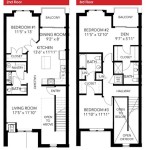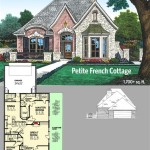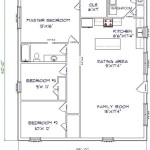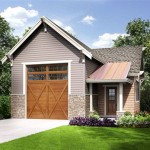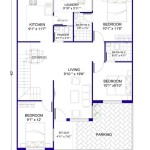Floor Plan Tiny House Dimensions
Floor plans are an essential part of any construction project, but they're especially important for tiny houses. Due to their size constraints, every square inch of a tiny house must be used wisely and intentionally. To optimize space and create a functional living environment, understanding floor plan dimensions is crucial.
The most common floor plan layouts for tiny homes include:
- The Rectangle: The simplest layout, featuring a rectangular shape with an open floor plan.
- The L-Shape: This layout creates two distinct spaces, such as a living room and a bedroom, with an L-shaped configuration.
- The U-Shape: A more complex layout, the U-shape features a central kitchen area with living and sleeping spaces arranged around it.
- The Loft: This layout includes a sleeping loft above the main living space, maximizing vertical space utilization.
While tiny houses vary in dimension depending on their design, certain standard measurements have emerged to maximize space and ergonomics:
- Width: Most tiny houses range from 8 to 12 feet wide, with 10 feet being the most common width.
- Length: Tiny house lengths vary more widely, typically falling between 18 and 30 feet.
- Height: To comply with road height restrictions, most tiny houses are built to a maximum height of 13 feet.
In addition to these standard dimensions, there are a number of other factors to consider when designing a tiny house floor plan, including:
- The number of occupants: Tiny houses can be designed for single, double, or multiple occupants, which will impact the size and layout of the floor plan.
- The desired level of comfort: Some tiny house dwellers prioritize space and comfort, while others prefer a more minimalist approach. The desired level of comfort should be reflected in the floor plan design.
- The use of multi-purpose spaces: Multi-purpose spaces, such as a convertible sofa-bed or a bed that doubles as a storage area, can help maximize space in a tiny house.
- The amount of natural light: Natural light can make a tiny house feel more spacious and inviting. Incorporating windows and skylights into the floor plan can help increase natural light.
Designing a tiny house floor plan is a complex and rewarding process. By carefully considering the dimensions, layout, and other factors discussed above, you can create a tiny house that meets your specific needs and provides a comfortable, functional, and stylish living environment.

Tiny House Floor Plans 32 Home On Wheels Design

12 X 20 Tiny Home Designs Floorplans Costs And More The Life

Affordable Tiny House 18 X 28 Adu In Law Cabin

Custom Plans Elevations Now Available Tiny House Basics

Tiny House Floor Plans With Lower Level Beds Tinyhousedesign Design

12 X 20 Tiny Home Designs Floorplans Costs And More The Life

Tiny House Plans That Are Big On Style Houseplans Blog Com

Lusby Tiny House Plans Build It Yourself

Plans Purchase Healthy Homes

10 X 20 Tiny Home Designs Floorplans Costs And Inspiration The Life

